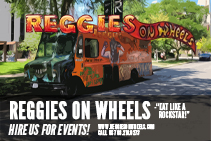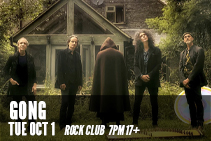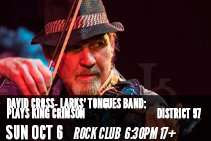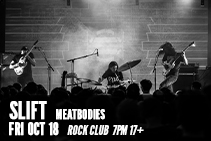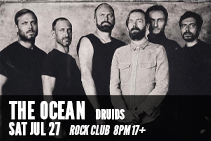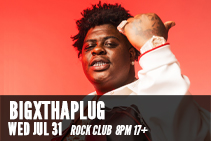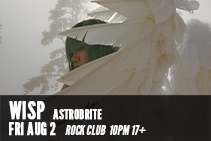A BRIEF HISTORY OF RECORDING AND SHARING MUSIC
When people think of Thomas Edison, most think of the lightbulb (or all the inventions he didn’t credit to Tesla), but his early recording device, the phonograph, began the music industry as well. Played on a phonograph is a cylinder with engraved grooves into which sounds were impressed. As the earliest medium for recording and reproducing sound, the phonography cylinder was used commercially to playback music from the 1890’s to the 1920’s.
Next in the history of analog sound storage is the vinyl disc, which is also inscribed with modulated spiral grooves into which sound waves are imprinted. The disc however lays flat on a turntable and can be stored in a smaller space. Vinyl discs are described by diameter (12”, 10” or 7”), their rotational speed in rpm – 78 rpm, 45 rpm or 33 rpm, the number of audio channels – mono or stereo and their length – LP (long play), SP (single play) or EP (extended play). The vinyl record was in use from the 1920’s until it was largely replaced by the compact disc (CD) in the 1980’s.
Beginning in the 1970’s, music was shared on both vinyl disks and audio cassettes. Sony’s Walkman made music portable – instead of carrying 12” vinyl records and a turntable around, a person could plug headphones into a Walkman and tuck into their pocket on a walk. In a cassette, magnetic coated plastic film passes between and winds around two miniature spools inside a plastic shell. Two stereo pairs of tracks (or one mono track) are on each side of the tape, and music is recorded on one side as the tape moves in one direction and on the other side when tape moves in the opposite direction. To reverse the tape and play the other side, you can manually flip the cassette in its player. In the 1980’s and 1990’s cassette tapes were used simultaneously with the emerging compact disk medium but dropped in sales dramatically in the 2000’s. Portable music moved to the digital, .mp3 format.
The compact disc is the first digital entry in recording history – instead of mechanical grooves or magnetic tape, binary data (0’s and 1’s) are imprinted onto an optical disc with a laser. Unlike a vinyl record, which moves from outside in, music is recorded on a CD from the innermost to the outermost track. After the 1990’s and early 2000’s of cardboard boxes filled with CD’s stack upon boxes filled with CD’s department stores obliterated their CD sections and most music is downloaded in the .mp3 format or streamed online through services like Spotify or Pandora Radio. .Mp3 is an audio coding format that compresses data files so more music can be shared in smaller spaces.
For the audiophiles out there, Record Breakers still sells all formats – vinyl records, CD’s and even some audio cassettes. You haven’t experienced an album until you’ve heard it in hi-fi quality on vinyl, the crackly static of a tape and the dry sterility of the digital CD format – but hurry up! Record Breakers is clearing out its CD supply to make more room for vinyl, and all CD’s are 50% off! Besides music, record breakers sells posters, t-shirts and tickets for the shows in the Rock Club below.
– Endless


